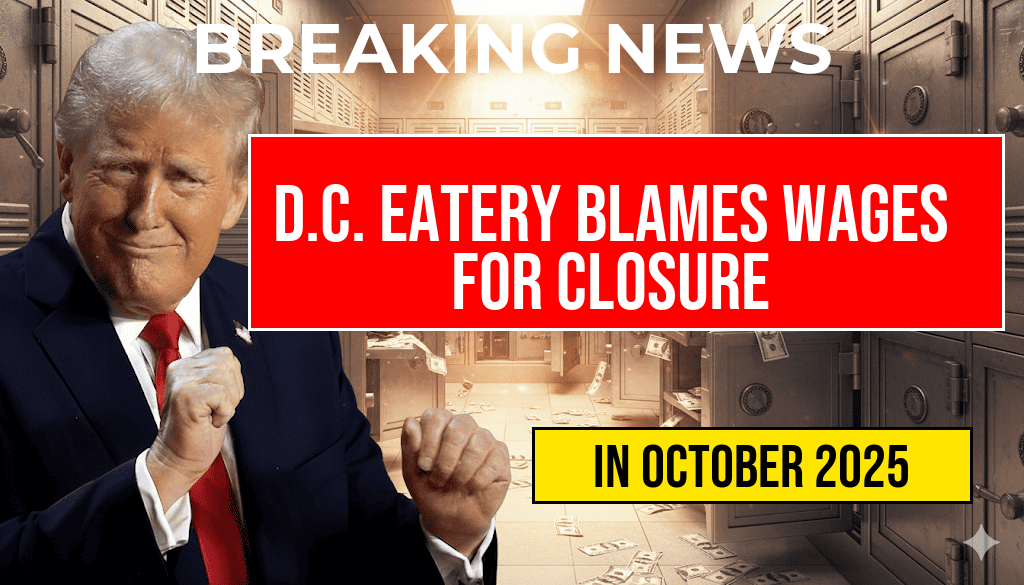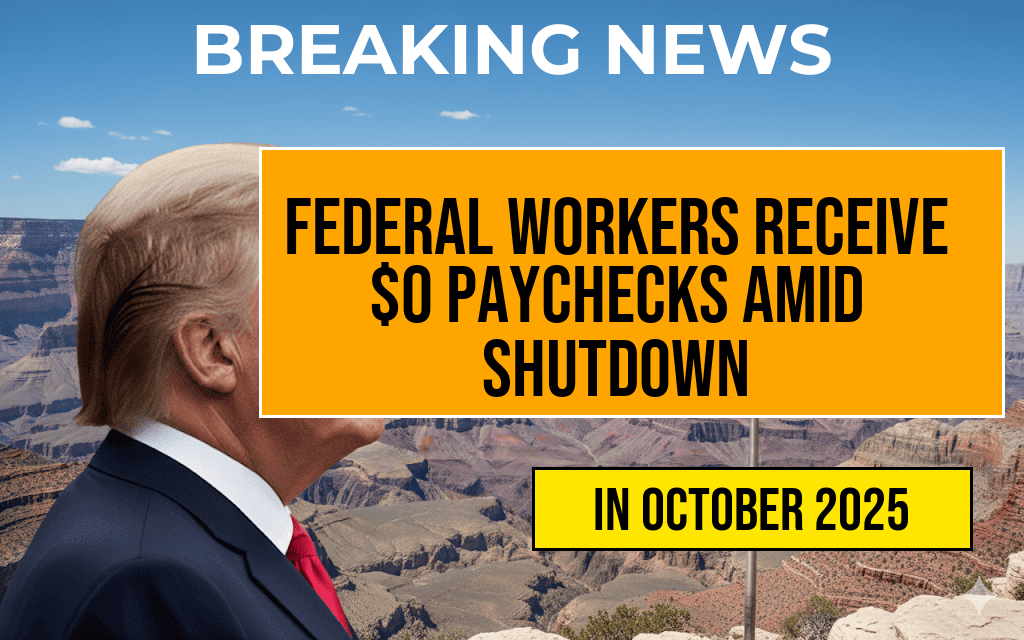The restaurant industry in Washington, D.C. is facing significant challenges as rising operational costs drive some eateries to close their doors. A recent claim from a local restaurant indicates that new wage regulations have increased their expenses by approximately $60,000 annually. This situation raises pressing questions about the future of food prices and the overall viability of dining establishments in the nation’s capital. With many restaurants already struggling to maintain profitability amidst a post-pandemic recovery, the impact of these wage laws could be detrimental, leading to further closures and an increase in menu prices that consumers may soon feel.
Understanding the Impact of Wage Regulations
The D.C. Council’s decision to raise the minimum wage has been a topic of heated debate. Proponents argue that higher wages improve the quality of life for workers and reduce income inequality. However, critics contend that such measures disproportionately impact small businesses, particularly in the hospitality sector. The restaurant in question, which has requested anonymity, detailed how the added payroll expenses and compliance costs have forced them to reconsider their operational model.
Financial Strain on Local Eateries
According to the National Restaurant Association, nearly 80% of restaurants operate on slim profit margins, often between 3% and 5%. The current economic climate, combined with rising costs from supply chain disruptions and inflation, has further strained these margins. D.C. restaurants are now faced with the dual burden of higher labor costs and the need to keep prices competitive.
- Increased minimum wage rates
- Higher supply chain costs
- Inflation affecting food prices
What This Means for Consumers
As restaurants grapple with increasing costs, consumers may soon see the effects reflected on their bills. Menu prices are likely to rise as eateries attempt to offset new expenses. A survey by the National Restaurant Association indicated that approximately 60% of restaurant operators plan to increase menu prices in response to rising costs, with many citing labor expenses as a primary driver.
Potential Solutions and Adaptations
In light of these challenges, restaurant operators are exploring various strategies to navigate the financial landscape. Some possible solutions include:
- Menu Innovation: Offering unique, higher-margin dishes can attract customers willing to pay more.
- Cost Management: Streamlining operations and reducing waste can help mitigate some of the increased expenses.
- Technology Integration: Implementing technology solutions for ordering and payment can improve efficiency and reduce labor needs.
Community Support and Local Initiatives
Community support is also critical. Initiatives such as local dining weeks, food festivals, and promotional events can help drive traffic to struggling restaurants. Collaborations with local farms and vendors may also provide cost-effective sourcing while boosting community ties.
The Future of D.C.’s Restaurant Scene
The future of dining in Washington, D.C. hinges on how restaurants adapt to these economic pressures. If closures continue, the landscape will inevitably change, with fewer options for consumers. The rise in menu prices may also push some patrons to seek alternatives, such as home cooking or takeout from less expensive establishments.
Monitoring Trends and Consumer Behavior
As the situation unfolds, monitoring consumer behavior will be essential. If patrons respond to price increases by dining out less frequently, this could contribute to a cycle of reduced revenue for restaurants, compounding the challenges they face. Local economists suggest that understanding these trends will be crucial for policymakers, who must balance the needs of workers with the survival of small businesses.
| Statistic | Percentage |
|---|---|
| Restaurants planning to raise menu prices | 60% |
| Profit margins for most restaurants | 3% – 5% |
| Impact of wage increases on small businesses | Significant |
As the D.C. restaurant scene evolves, all eyes will be on how businesses respond to these challenges and what measures local government will take to support them. The balance between fair wages and sustainable business operations remains a critical conversation in the community.
Frequently Asked Questions
What are the main reasons for the rising restaurant closures in D.C.?
The rising restaurant closures in D.C. can be attributed to several factors, including increased operational costs due to wage regulations, inflation, and changing consumer behaviors.
How much have wage regulations increased costs for restaurants?
According to a D.C. eatery, wage regulations have resulted in an annual cost increase of approximately $60,000, significantly impacting their ability to maintain profitability.
What impact do rising costs have on menu prices?
As restaurants face higher operational costs, many are likely to pass these costs onto consumers, resulting in increased menu prices as they strive to maintain their business viability.
Are there other factors contributing to the closure of restaurants besides wage regulations?
Yes, in addition to wage regulations, factors such as inflation, supply chain disruptions, and shifting dining trends are also contributing to the trend of restaurant closures.
What can consumers expect in the future regarding restaurant prices in D.C.?
Consumers can expect restaurant prices to continue rising as establishments adapt to increased costs and strive to remain sustainable in a challenging economic environment.






